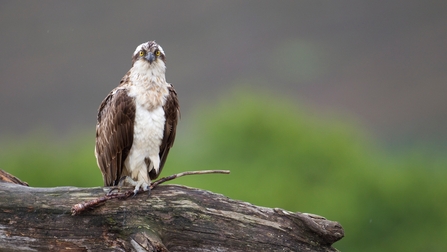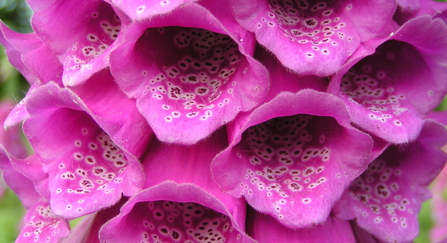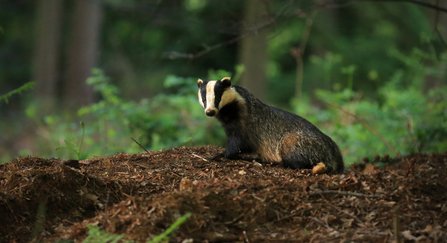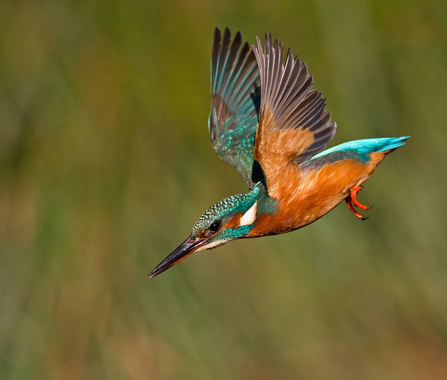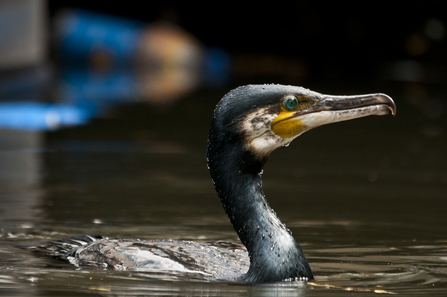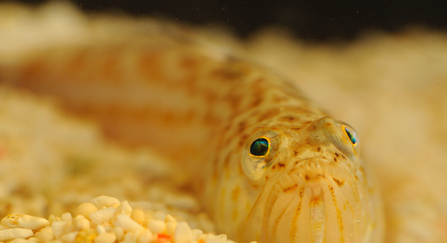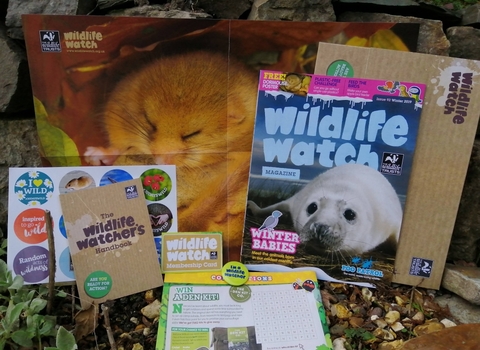Montgomeryshire
Osprey or Gwalch y Pysgod
Gwal-kh uh Puss-god
One species that’s become synonymous with Montgomeryshire Wildlife Trust is the Osprey. Their Welsh name, ‘Gwalch y Pysgod’, translates as ‘the fish hawk’ in a nod to the raptor’s preferred diet of ‘pysgod’ or ‘fish’, though it’s not a member of the hawk family.
Once extinct from Wales and the rest of the UK as a breeding species, thanks in part to the conservation and education efforts of the Trust’s Dyfi Osprey Project, these birds have successfully bred at Cors Dyfi Nature Reserve every year since 2011 – the first time they had bred in the Dyfi Valley in 400 years! Cors Dyfi, a wetland oasis just outside Machynlleth, is a wonderful place to see, and find out more about, these incredible birds. You can watch them through your binoculars from the 360 Observatory Tower, or enjoy live-streamed cinematic imagery in the Dyfi Wildlife Centre’s viewing room, courtesy of seven high-resolution 4k cameras located around the Osprey nest. Summer is a particularly good time to visit, as the breeding pair, Idris and Telyn, are busy raising this year’s offspring.


